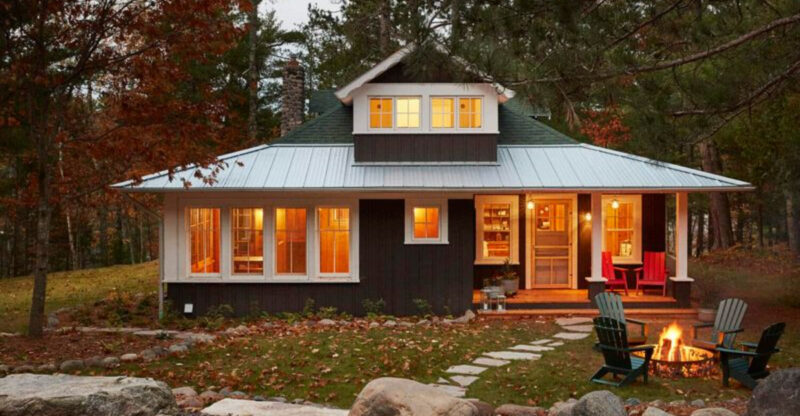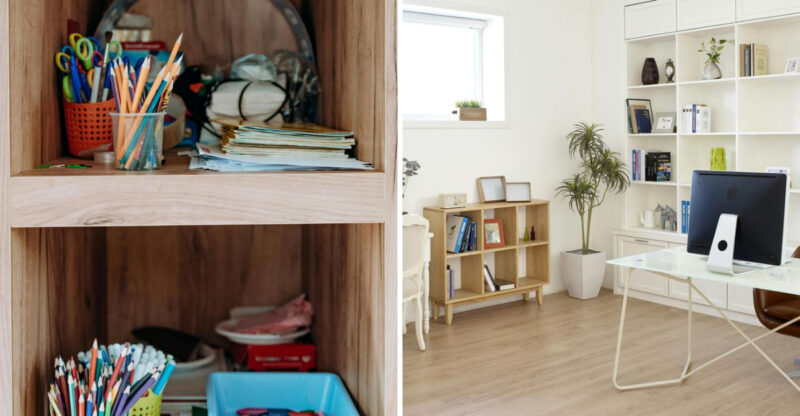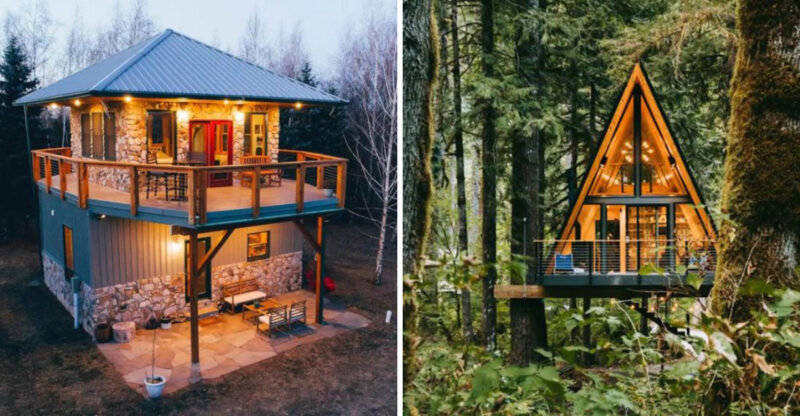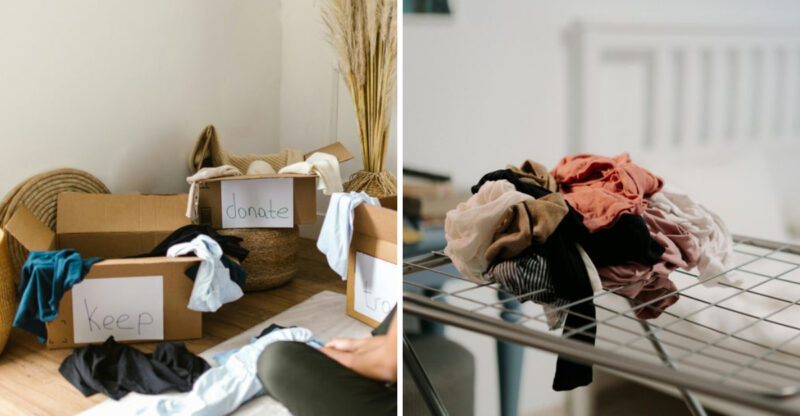15 Things Everyone Purchases For Their House And Regrets Later
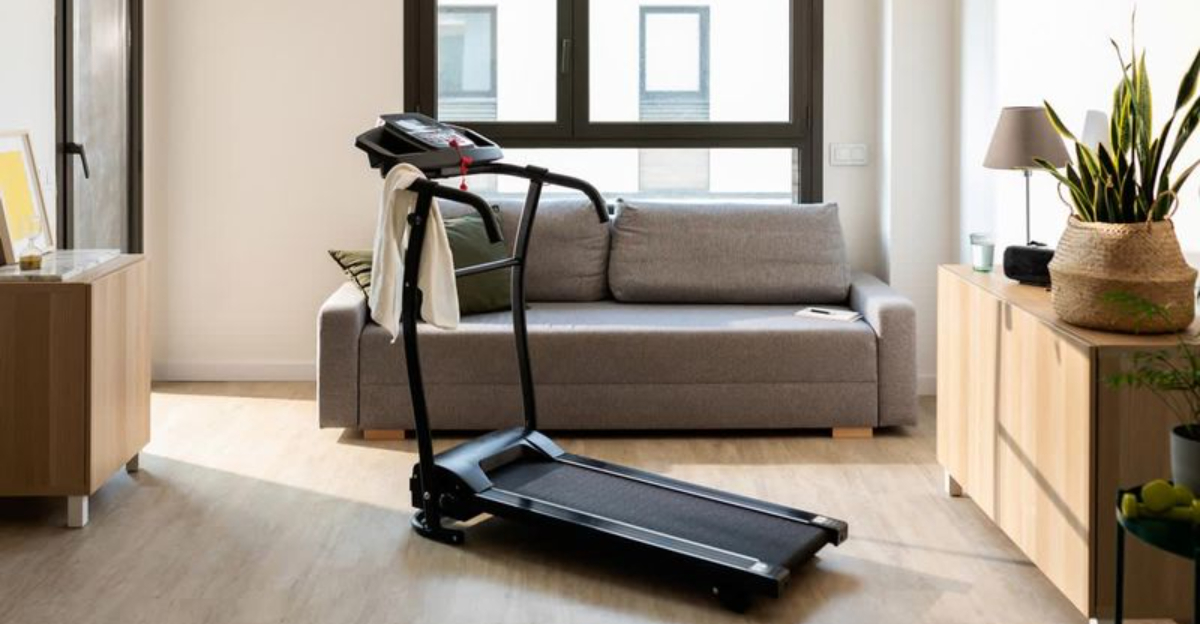
Moving into a new house sparks that shopping frenzy we’ve all experienced. You grab your credit card, make a list, and suddenly you’re buying things you think will transform your space into a dream home.
But after the excitement fades, many of these purchases collect dust, take up valuable space, or simply don’t work as advertised. Let’s talk about those items we all buy with high hopes but end up regretting.
1. Single-Purpose Kitchen Gadgets
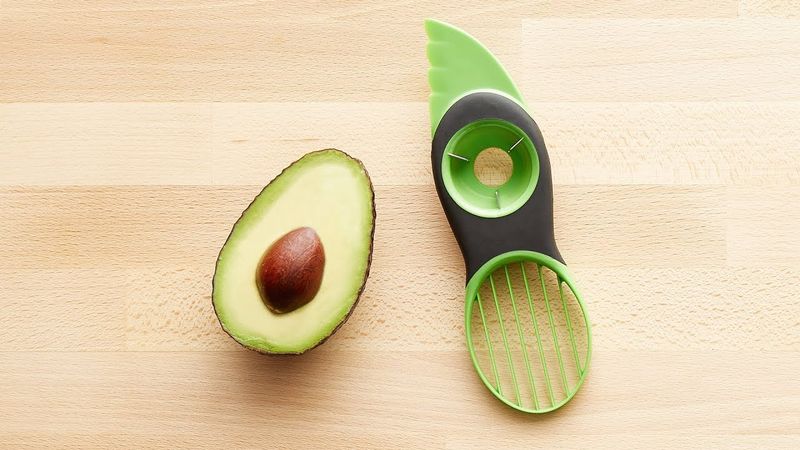
Ever spotted that avocado slicer that promised perfect cuts every time? Kitchen drawers across America are stuffed with these one-trick ponies that seemed brilliant in the store.
Single-purpose gadgets like banana slicers, egg separators, and garlic peelers take up precious space while rarely getting used. A good knife and basic tools can handle most of these tasks just as efficiently without cluttering your kitchen.
2. Oversized Sectional Sofas
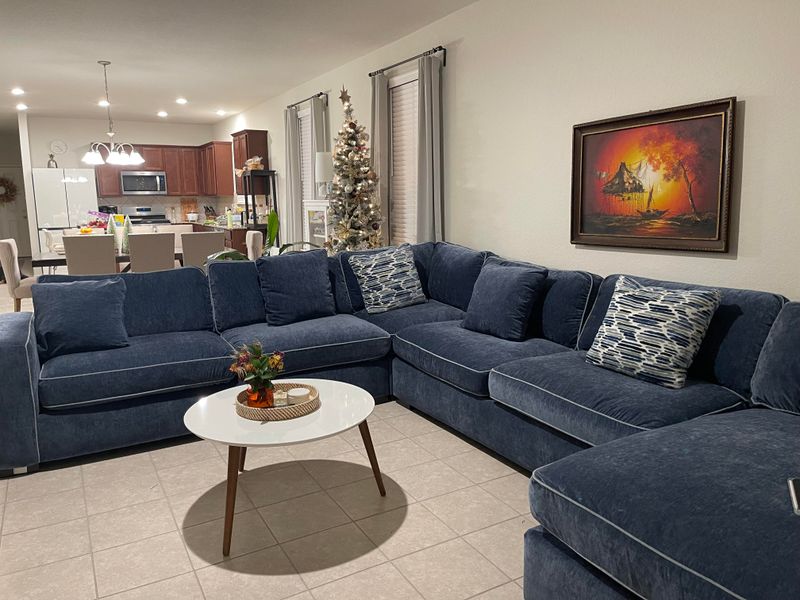
How quickly we fall for that massive sectional in the showroom! The sprawling comfort seems irresistible until you wrestle it through your front door.
These behemoths dominate rooms, limit furniture arrangements, and become permanent fixtures because they’re too difficult to move. Sectionals often make spaces feel smaller than they are, and their bulky nature means you’re stuck with the same layout for years.
3. Cheap Area Rugs
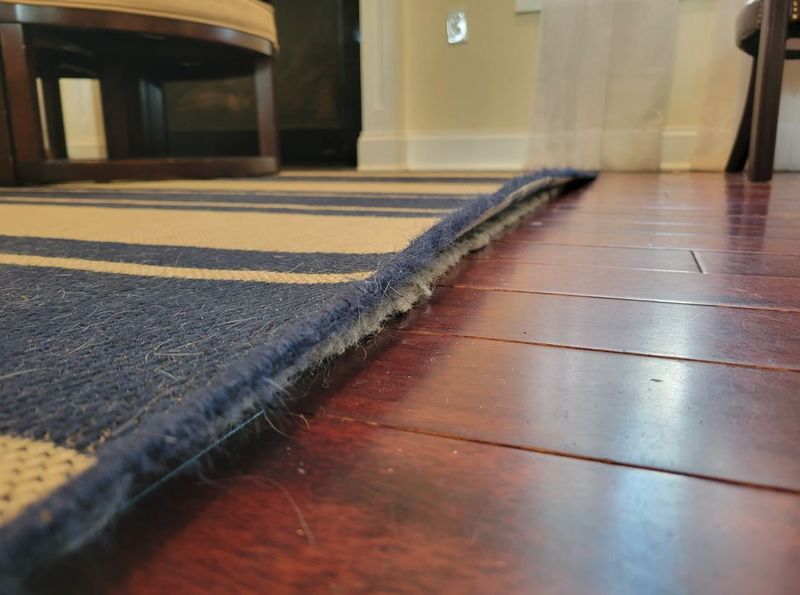
It seemed like such a bargain at first! Those budget-friendly area rugs catch your eye with their patterns and low price tags.
Cheap rugs quickly reveal their true nature, shedding fibers, curling edges, and trapping dirt in ways that make cleaning nearly impossible. The colors fade faster than premium options, and they wear out in high-traffic areas within months.
Quality rugs cost more upfront, but save money and frustration in the long run.
4. White Upholstered Furniture
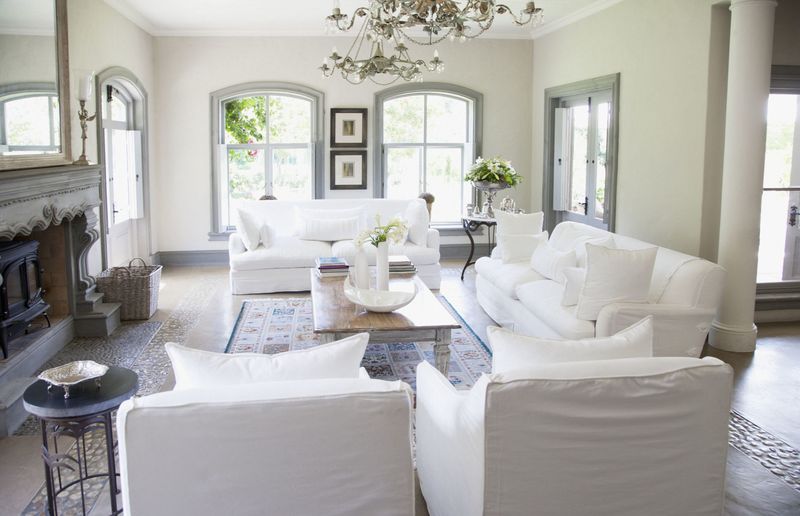
Though gorgeous in magazines, white sofas and chairs quickly become stain diaries recording every spill and accident. The pristine look rarely survives first contact with real life.
White upholstery shows every mark, from coffee drips to jeans transferring blue dye. Even with protective treatments, maintaining that showroom-fresh appearance requires constant vigilance and cleaning.
For most households with kids, pets, or anyone who occasionally eats on the couch, it’s a maintenance nightmare.
5. Trendy Light Fixtures
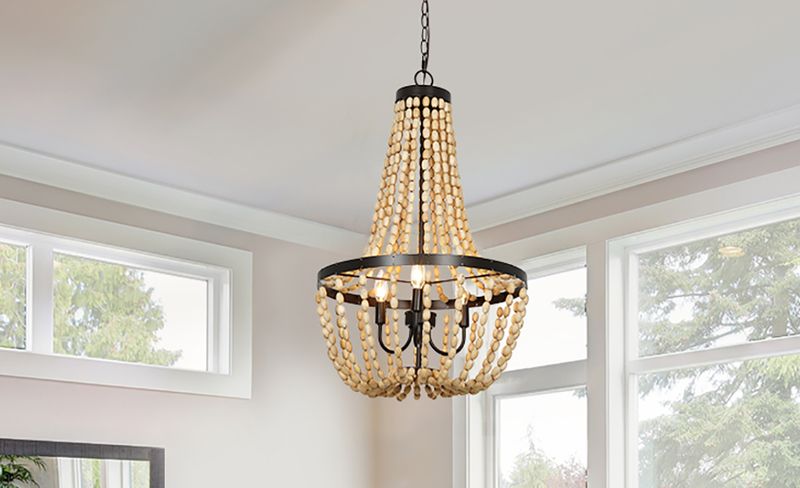
When that ultra-modern chandelier first caught your eye, it seemed like the perfect statement piece. Lighting trends change faster than most home elements, yet they’re surprisingly expensive to replace.
Those Edison bulb fixtures or geometric pendant lights that screamed “contemporary” quickly became dated. Installation often requires professional electricians, making them costly mistakes when you tire of them.
Classic, timeless lighting designs might seem boring initially, but they won’t make your home look like a time capsule in three years.
6. Glass-Top Tables

Where did all these fingerprints come from? Glass tables create that airy, spacious look that’s so appealing in showrooms.
The reality of glass surfaces includes constant cleaning, visible smudges, and safety concerns in households with children. These tables show every speck of dust and require daily wiping to maintain their transparent appeal. The sound of items placed on glass can also become irritating over time.
7. Massive Wall Art
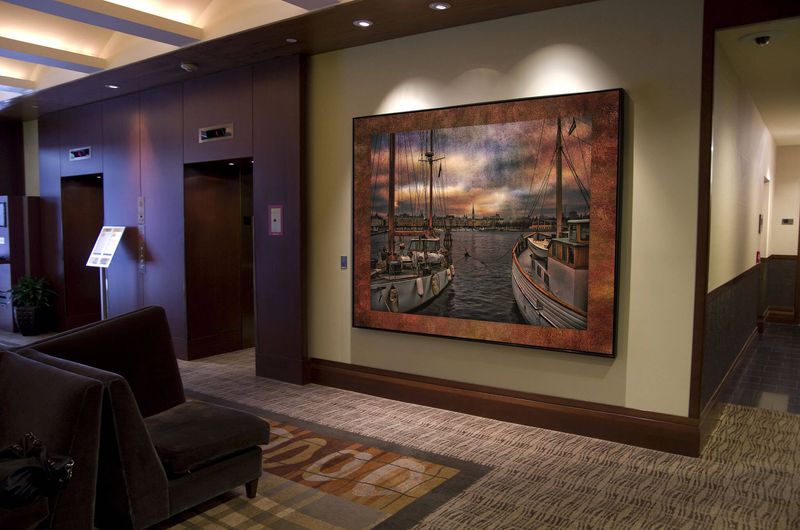
That enormous canvas seemed perfect in the furniture store’s 20-foot ceiling showroom. Unfortunately, scale matters tremendously when it comes to wall decor.
Oversized art often overwhelms average rooms, making spaces feel smaller and creating awkward proportions. The cost of framing these giants can exceed the artwork’s price, and finding the perfect spot becomes a mathematical puzzle.
Most rooms look better with appropriately scaled pieces or thoughtfully arranged gallery walls.
8. Cheap Bed Frames
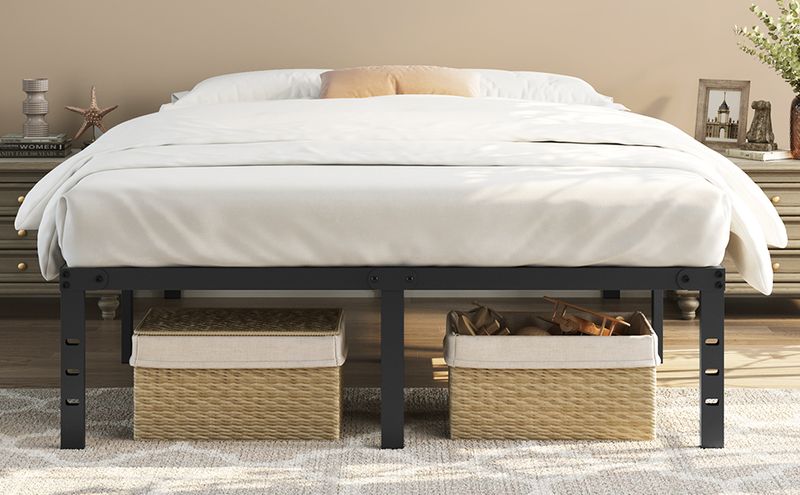
If you’ve ever been woken by that ominous creak from below, you know the false economy of budget bed frames. Sleep quality suffers when your foundation isn’t solid.
Inexpensive frames often develop squeaks, wobbles, and structural issues within months. Many lack proper center support, causing mattresses to sag prematurely.
Since we spend roughly a third of our lives in bed, this is one area where investing in quality pays dividends in comfort and longevity.
9. Paper Shredders
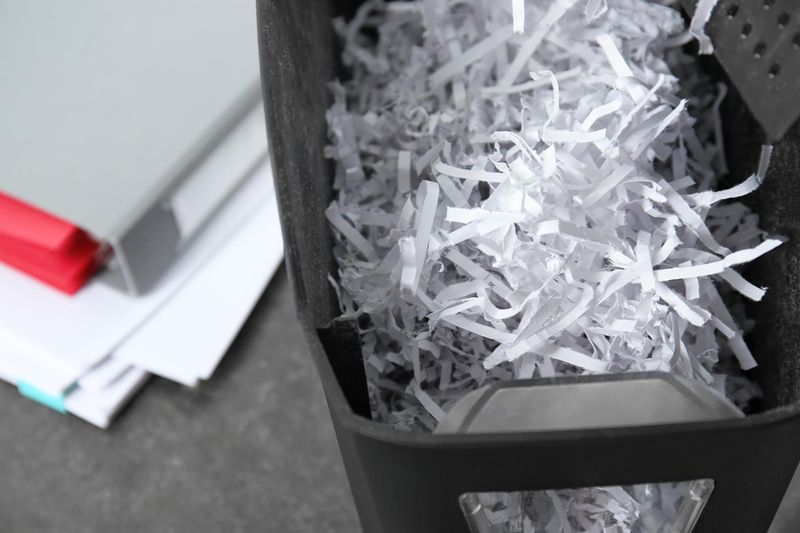
Though promised to make quick work of sensitive documents, most home shredders spend their lives collecting dust. Consumer-grade models often jam with minimal use or can only handle a few sheets at once.
The maintenance becomes another chore, emptying bins, clearing jams, and oiling mechanisms. With digital statements becoming the norm and community shredding events available periodically, this bulky device rarely justifies its footprint. Most households find they use them far less than anticipated.
10. Decorative Pillows (Too Many)

What starts as a few accent pieces somehow multiplies into a mountain that must be removed before sitting down. Decorative pillows seem like an easy way to add color and texture.
The reality involves daily arranging, finding storage when not displayed, and cleaning specialized fabrics. They become obstacles rather than enhancements when overdone.
Most people find that beyond 2-3 pillows per seating area, the returns diminish while the hassle increases.
11. Outdoor Fire Pits
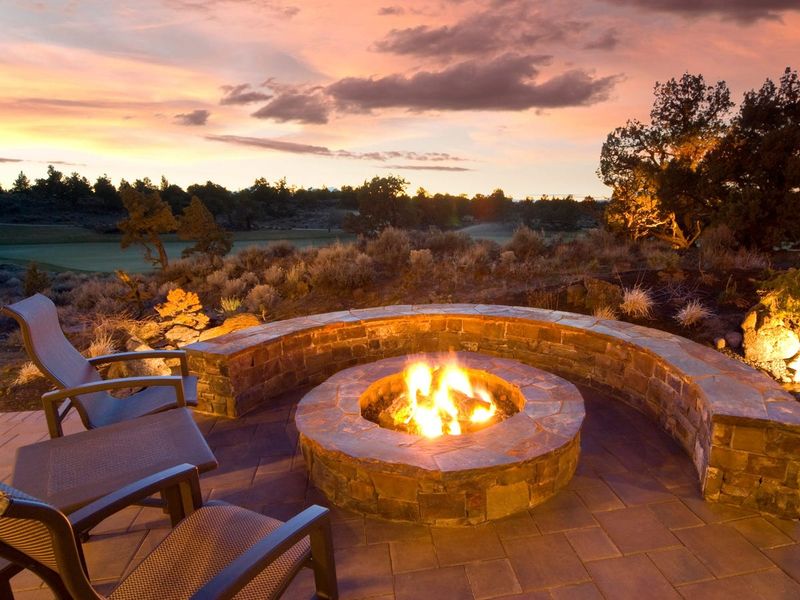
Is that cozy backyard fire pit really worth it? The dream of nightly fireside chats often fades after a few smoky, weather-dependent evenings.
While they seem essential for outdoor entertaining, fire pits come with hidden downsides, like constant cleaning, fuel storage, and even neighborhood restrictions. Most homeowners find themselves using them far less than expected, turning a once-exciting feature into little more than an expensive backyard ornament.
12. Bulky Exercise Equipment
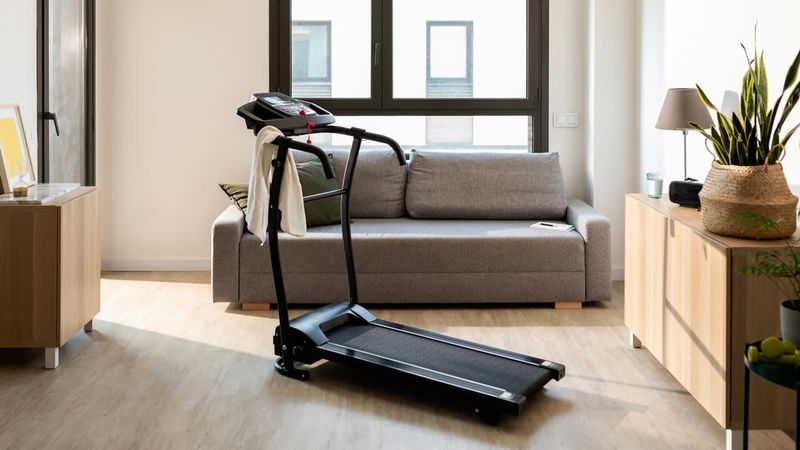
That treadmill or elliptical trainer represents good intentions turned into an expensive clothing rack for many people. Home gym equipment consumes significant space and often gets abandoned after the initial motivation fades.
Large exercise machines are difficult to relocate once placed and can dominate rooms visually. The secondary market is flooded with barely-used fitness equipment, indicating how common this purchase regret is.
For most of us, compact, versatile fitness tools or gym memberships prove more practical.
13. Oversized Houseplants
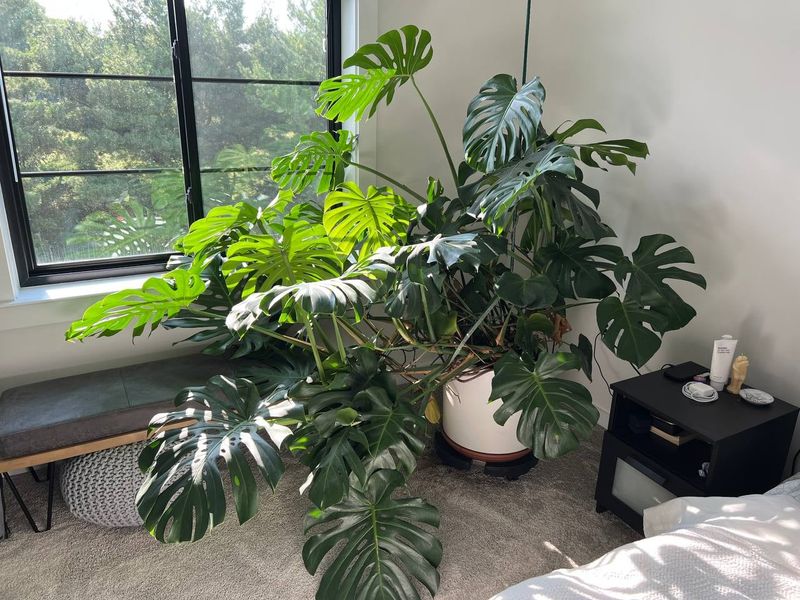
Those magnificent seven-foot fiddle leaf figs look stunning on Instagram but present real challenges in average homes. Massive plants require specialized care, proper lighting, and significant space commitments.
Large specimens cost substantially more than their smaller counterparts yet have higher failure rates when adapting to new environments. They’re difficult to move during cleaning or rearranging and can create awkward obstacles in traffic patterns.
Starting with more manageable sizes allows plants to adapt to your specific conditions.
14. Particle Board Furniture
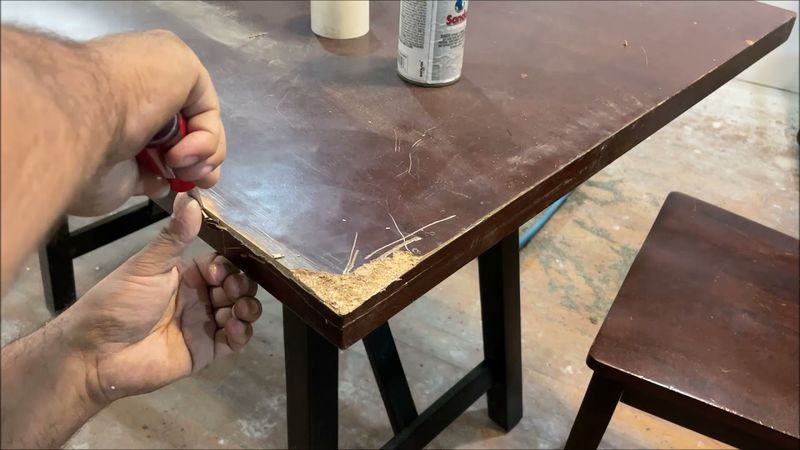
Though the price tags are tempting, furniture made from particle board rarely survives a single move intact. These budget pieces begin deteriorating from day one.
When exposed to moisture (even humid air), particle board swells irreparably. The veneer surfaces chip easily, revealing the compressed wood beneath.
Assembly hardware loosens over time, creating wobbles and instability. While not every piece needs to be heirloom quality, certain items, especially those facing daily use, deserve sturdier construction.
15. Elaborate Window Treatments
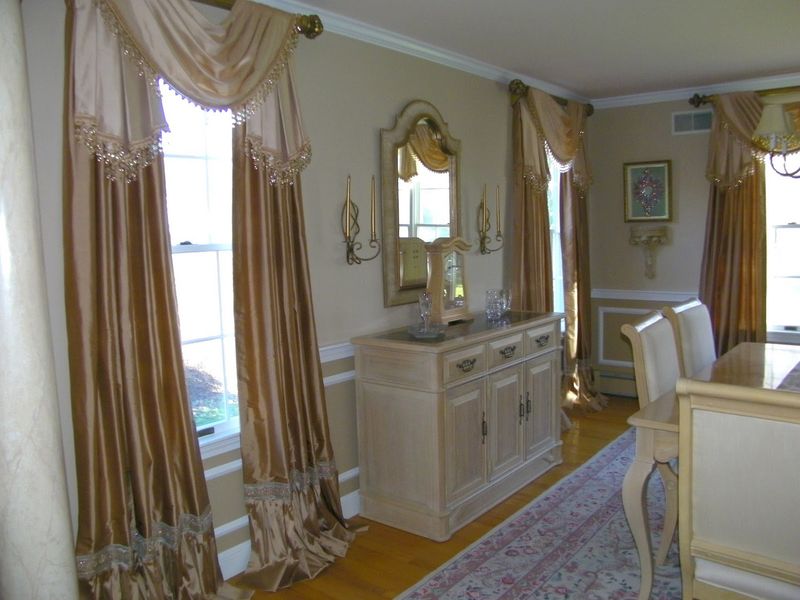
Heavy drapes with valances, swags, and tiebacks seemed elegant in the catalog but quickly become dust collectors and date your space. Complex window treatments involve a significant investment, yet often look outdated the fastest.
The cleaning process for multi-layered window coverings can be laborious and expensive. These treatments frequently block natural light and make rooms feel smaller and darker than necessary.
Simple, classic window solutions typically offer better functionality while remaining stylistically relevant for much longer.

